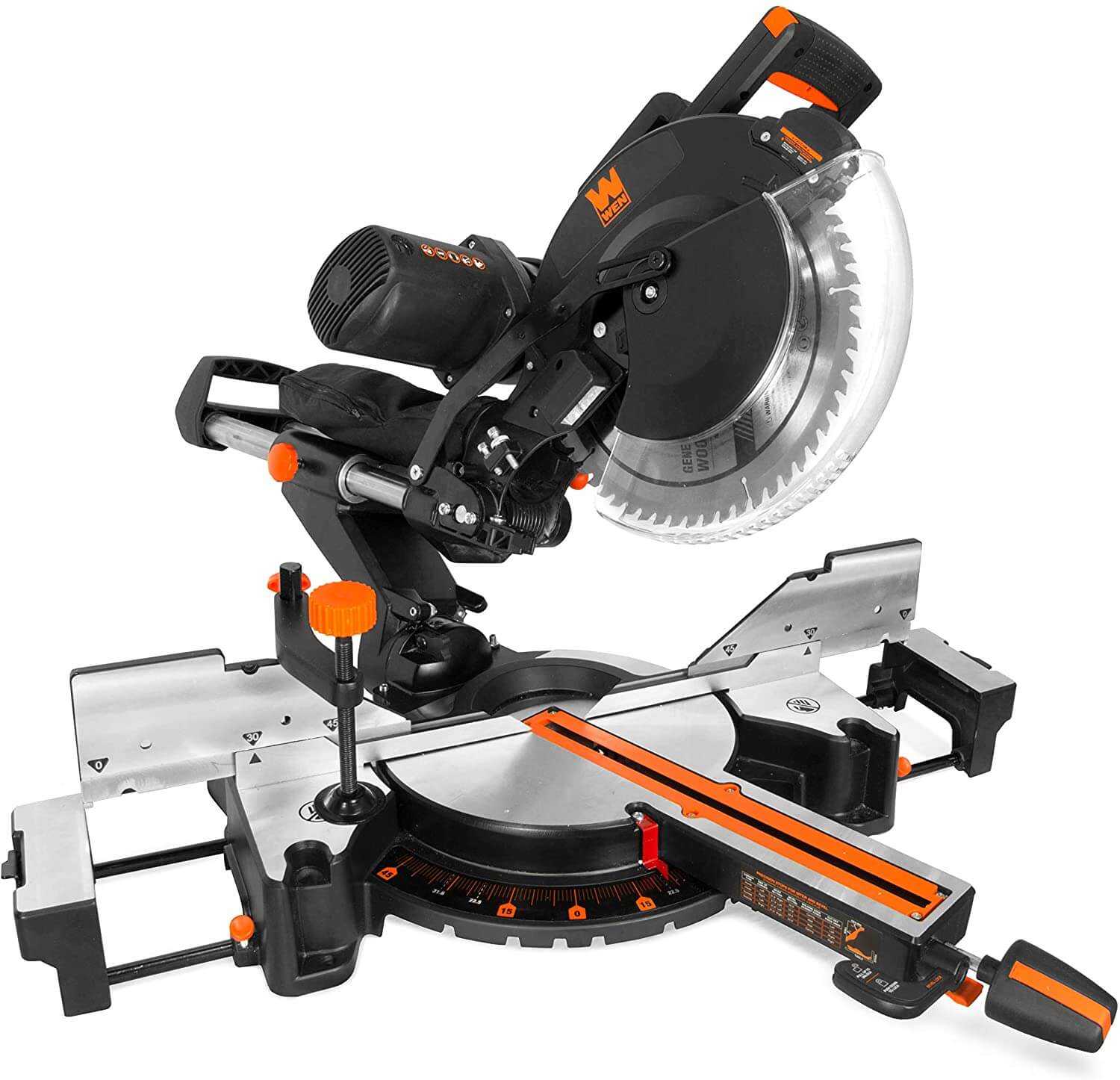If you may have noticed that cutting your materials with your saw is becoming more difficult than it used to be, you should consider replacing the blade on your saw if either of its two extremes are taking place: It could be hard to cut instead of being smooth, or the saw could be skipping around far too much. Outside of these scenarios, it’s rare for a new saw blade to not cut properly; in 95 percent of cases, the replacement blades.
- Check your cutter head’s wear line after using it for a while. A bright light and magnifying glass can help you see any rounding off of your blade. If there is any sort of rounding, the blade needs to be resharpened or replaced altogether.
- Compare your saw blade to a brand new one. If you are planning on doing serious woodwork, it can be helpful to have an extra sharp backup blade. However, if the only reason you have that extra blade is because your primary one is getting dull, then there’s really no point in using it until you need to do some serious cutting. That’s why it makes sense to compare your current blade against a brand new blade as a reference. The only real downside with this method is that once you notice just how dull your old saw has gotten, there’s no turning back!

